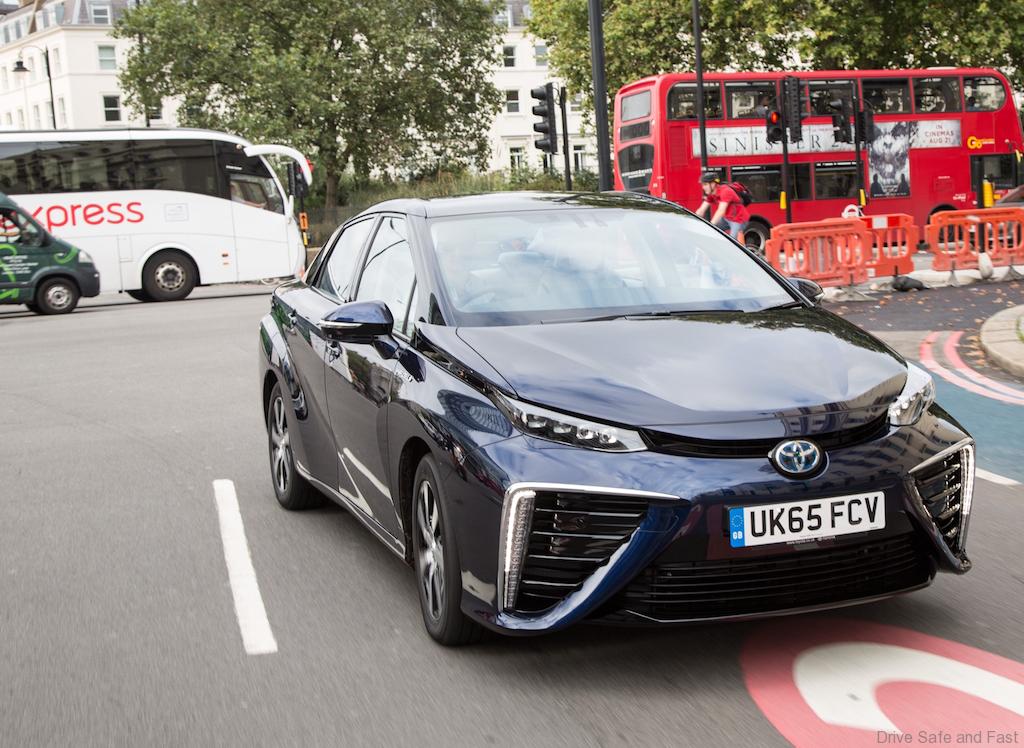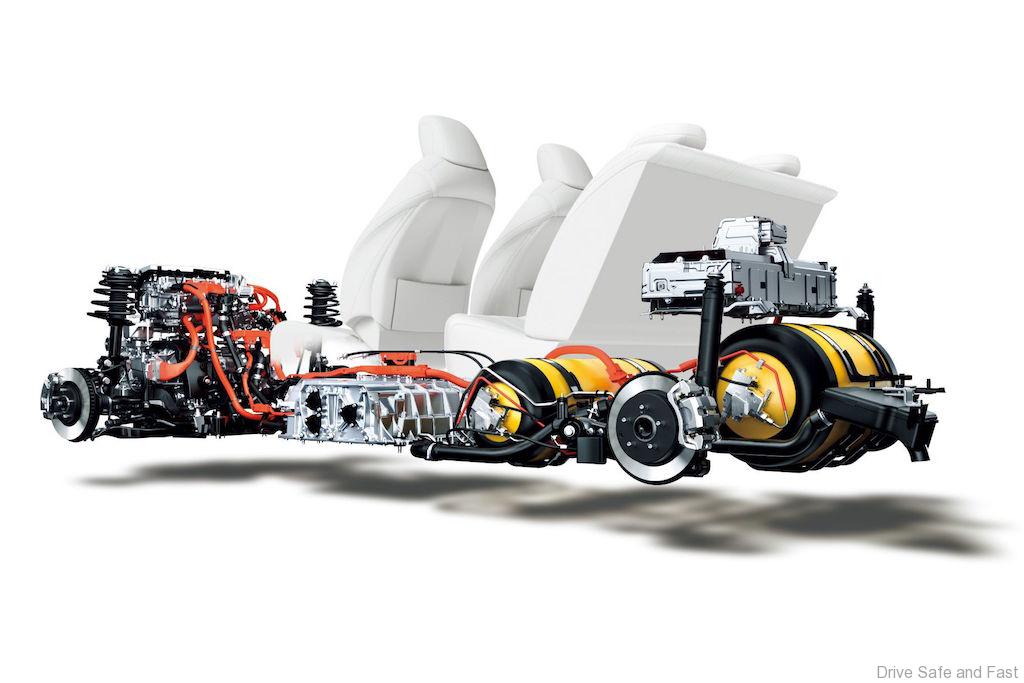Mazda and Toyota develop their own EVs off the joint venture’s architecture. “Each company will be responsible for the development of specific vehicles, and the procurement of parts will be unaffected by which suppliers participate at this fundamental technology development phase,” Toyota spokesman Jean-Yves Jault said. “Each company will have complete freedom to make its own decisions about product development.”
Toyota is expected to start selling new EVs in China within the next few years. The company also has said that in the early 2020s, it intends to introduce vehicles with next-generation solid-state batteries, which enable faster charging and longer range.
Mazda has said it plans to launch an EV in 2019, but Mazda doesn’t have the deep r&d pockets for elaborate development. Mazda doesn’t currently sell an EV and its only hybrid offering is a version of the Mazda3 small car and that is only offered in Japan. It relies on a system designed and engineered by Toyota.
More than two years after inking a loose tie-up, Toyota and Mazda agreed to take capital stakes in each other last month. Toyota said it would take a 5 percent stake in Mazda, while Mazda reciprocates with a token 0.25 percent stake in Toyota.
The closing of ranks comes as Toyota says it is shifting into “offensive” mode to ward of new rivals from outside the industry and invest more in next-generation technology.
Toyota Senior Managing Officer Tetsuya Otake said before that announcement that Toyota must pioneer new paths in a fast-changing industry and even explore mergers and acquisitions. “We intend to engage in more offensive activities going forward,” Otake said. “We have to find a new direction. And one of the directions is mergers and acquisitions.”
As part of Mazda deal, the carmakers will build a joint-venture assembly plant in the U.S. The plant will have production capacity of 300,000 vehicles a year, with half going toward the Toyota Corolla and half being dedicated to Mazda for crossovers and SUVs.



